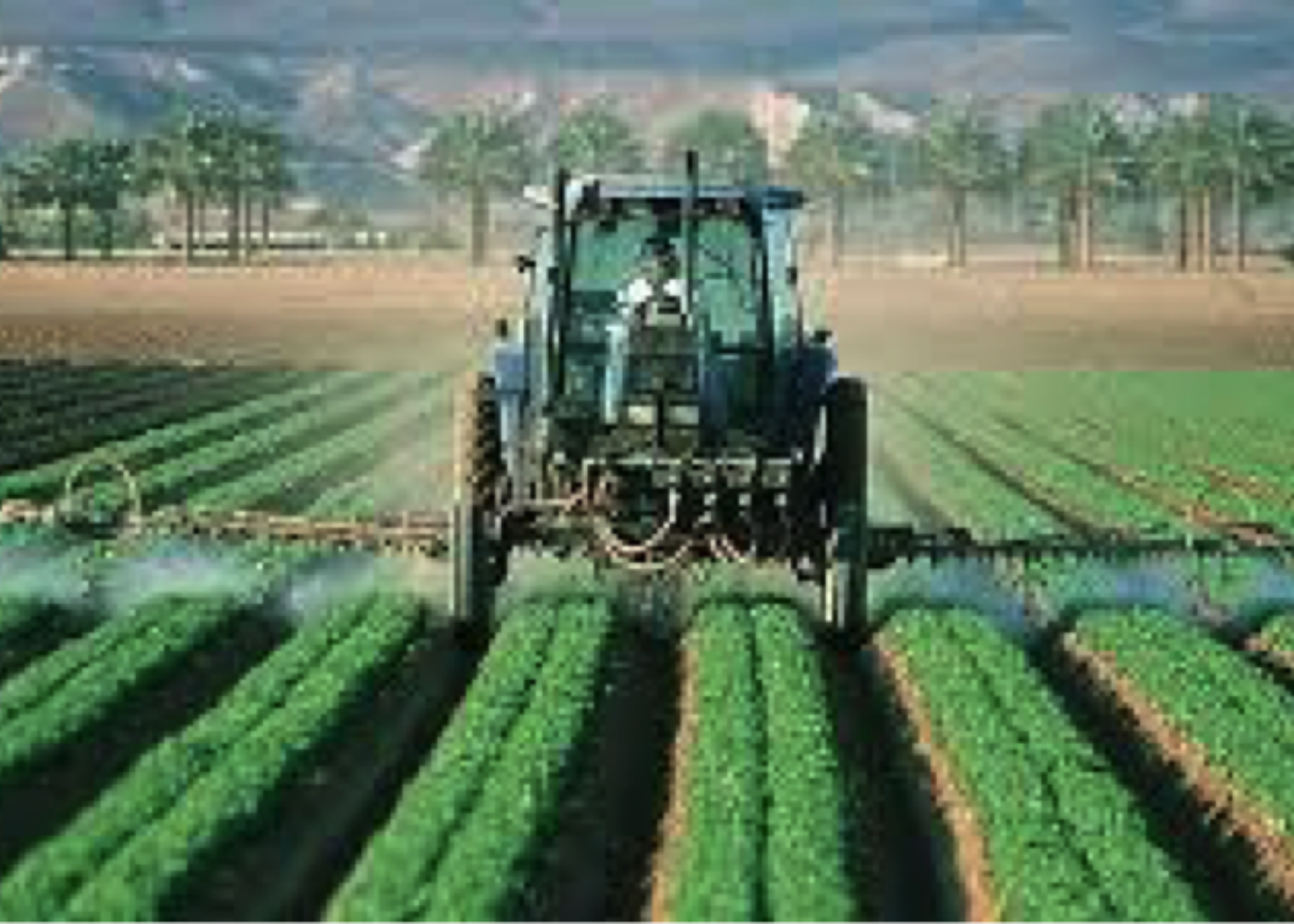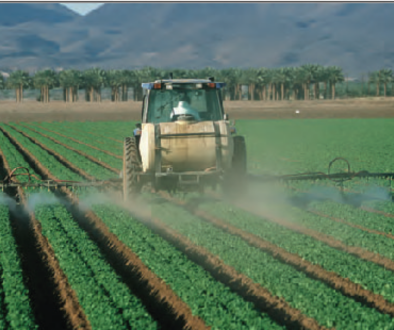How Monsanto Bankrupted American Farmers

“America’s farmers have been bracing for a reckoning–and now it’s here,” begins an article in the Wall Street Journal. The stats are so appalling I found myself reading them out loud and taking notes.
Unfortunately. these headlines continue. If you want to fact check any of it, just head out to Kansas, Nebraska, Ohio or any other farm community to learn for yourself. What were once bustling communities now look more like ghost towns. Towns that once had three high schools are now down to one.
Is it any wonder that the U.S. farm economy is struggling, given the statistics shared below:
“U.S. farm households had a median farm income in 2018 of negative $1,548.
Negative $1,548.
U.S. farm debt—covering operations, land, equipment, livestock and more—last year climbed to more than $409 billion, according to the USDA .
Nationwide, the volume of loans to fund current operating expenses grew 22% in the fourth quarter from year-ago levels, hitting a quarterly record of $58.7 billion.
Last year, bankruptcies in farm counties made up 48% of the U.S. total of chapter 12 bankruptcies.”
On top of that, farmers don’t have health insurance unless they take an off the farm job.
Is it any wonder that our farmers are in crisis, that few from younger generations want to take over the farm? Or that there are more suicides among farmers than any other industry? The suicide rate for farmers is more than double that of veterans, according to the Guardian which ran an article “Why are American Farmers Killing Themselves?”
Farmers have literally mortgaged their lives to feed America.
We have to value their lives and refinance these farms. The business model is not sustainable, the career is not appealing, and without food security, we are a country in crisis.
Our lives, our national security, depend on food security.
It is time to break the operating model put in place in the late 20th century by the agrochemical companies like Monsanto. Operating systems that not only require farmers to purchase genetically engineered seeds rather than save heritage seeds, but that also require farmers to purchase the suite of -cides—pesticides, herbicides, insecticides, fungicides—required to grow them.
Farmers are no longer allowed to save seeds under the genetically engineered operating model. They have been forced into debt and bankruptcies to finance the repeat purchases of genetically engineered seeds and the products required to grow them.
The bottom line is that this recurring revenue model of Monsanto’s has bankrupt the American farmer.
The chemically intensive operating system of genetically engineered crops and the suite of -cides—pesticides, herbicides, insecticides—required to grow them have allowed a few corporate giants to generate earnings on the backs of American farmers. It’s no wonder Monsanto was sold to a German chemical company. They knew their time here was up, they leveraged the lives of our farmers.
At this point, I don’t have words for what they’ve done to generate their earnings on the backs of our farmers, except for one: extortion.
Thankfully, a growing number of farmers around the country are realizing that this costly input model cost them more than profitability. And they are turning towards regenerative, organic farming methods to reclaim the health of their soil and the legacy of their farms. It can not happen quickly enough, as resilient soil not only has a stronger capacity to conserve water but also sequester carbon. In other words, our farmers are stewards for some of our most precious natural resources.
For the companies who abused that, there truly are no words.
For the companies who now recognize the critical importance of our farmers in the health of our country and climate, thank you.





